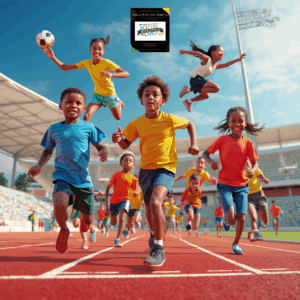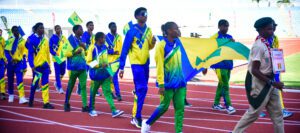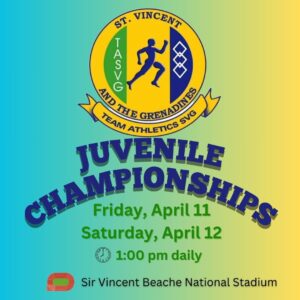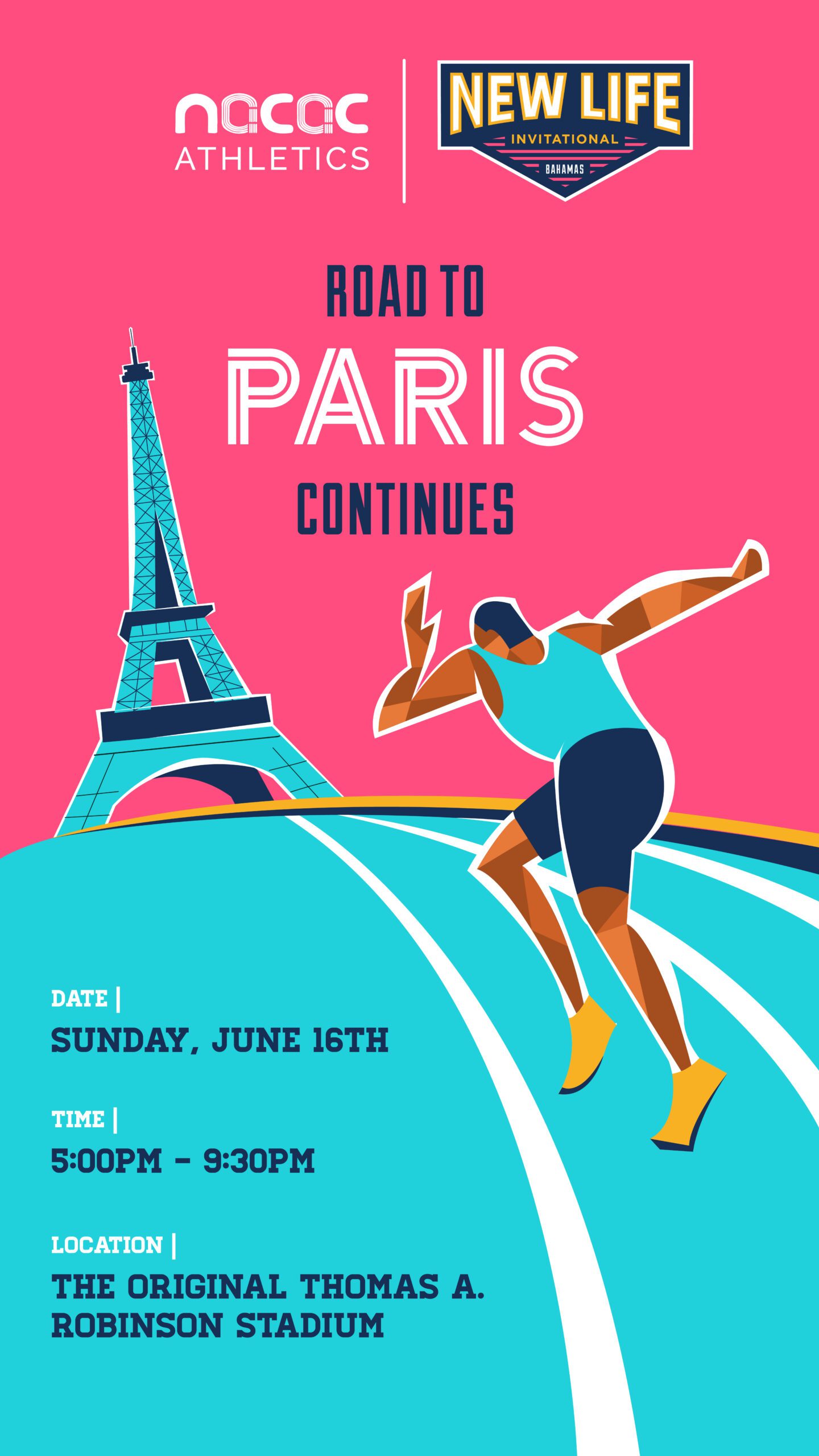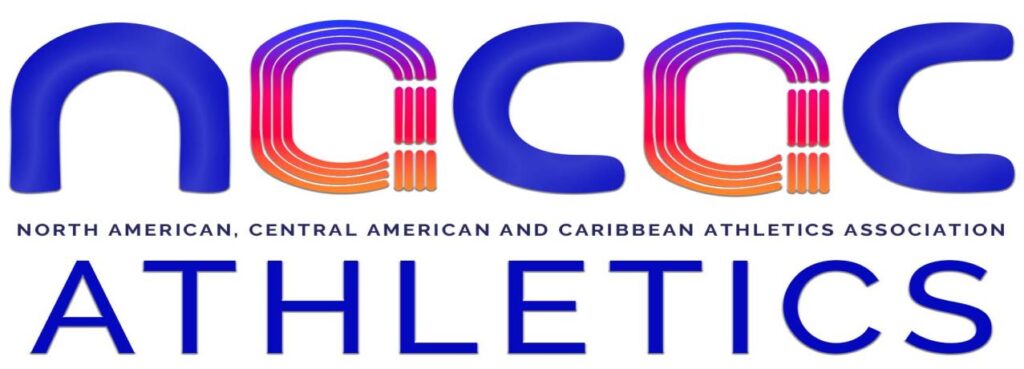Women and Sport Leadership – Coaching
Globally, women have long been treated as objects of discrimination in almost every sphere of human endeavour. In some instances, they have been treated as less than human save and except when their male counterparts found them delightful sexual playthings.
It has taken centuries for girls and women to understand their worth and agree that they needed to stand up as fellow human beings in society, imbued with the aspirations to fight for recognition and an end to all forms of discrimination against them.
The dynamics of change have been at work for many women. Each day, an increasing number of girls and women liberate themselves mentally, becoming better prepared to positively impact others who come after them.
The years of struggle have seen girls and women rise through their academic pursuits to positions at all levels in society to the point where their male counterparts have yet to come to terms with their achievements and are therefore uncertain how to respond.
In many countries around the world girls and women have increasingly outperformed their male counterparts at almost all levels in academia. Unfortunately, though, their academic achievements have not yet led to a commensurate rise in recognition and access to positions of authority and power in different societies around the world. Indeed, there are some societies that still discriminate against girls and women, citing religious beliefs as the primary explanation.
Women in Sport
Sport is a social institution and hence, in every historical era, has reflected what obtains in the broader society in which it takes place. It is not surprising, therefore, that girls and women have faced the same fate in sport as they have in mainstream societies around the world.
There is a strongly held view that women were not allowed to compete in the Ancient Olympics in Greece.
Richard Bell referenced evidence that ‘prior to 1870, sports for women existed in the form of play activities that were recreational rather than competitive and, being informal and without rules, emphasized physical activity (Gerber, Felshin, Berlin, & Wyrick, 1974)’. This was the norm at the time.
Bell further wrote, ‘A dominant belief in the 1800s was that each human had a fixed amount of energy. If this energy were used for physical and intellectual tasks at the same time, it could be hazardous (Park & Hult, 1993). Horseback riding for pleasure, showboating, and swimming became fashionable, but women were not encouraged to exert themselves. Such physical activity for a woman was thought to be especially hazardous because during menstruation she was “periodically weakened” (Clarke, 1874, p. 100). In 1874, as women were beginning to gain access to higher education, Dr. Edward Clarke published Sex in Education; or, A Fair Chance for Girls, which sparked a tenacious and acrimonious debate about the capacity of women for physical activity. He stated that, “both muscular and brain labor must be reduced at the onset of menstruation” ( p. 102)’’.
His work led Ball to conclude that ‘Manipulating science to reinforce established dogma prevailed for many years in spite of repeated examples of women who were perfectly capable of performing physical feats and intellectual tasks. Many early opportunities for women to engage in physical activity were thwarted as a result of this dogma (Park & Hult).
At one time girls and women, because they were adjudged, albeit falsely, as being physically inferior to their male counterparts, were denied the right to practice sport of any sort. Instead, they were directed to an equally demanding acceptance of housekeeping and caring for the family. Those who insisted on practising sport were labelled with all sorts of derogatory epithets that scarred them for much of their lives.
Records do however show that they were allowed to compete in the Olympic Games of 1900. This appeared as something of an aberration in sport but was nonetheless seen as the crack in the system that would later be exploited by many women.
Over time, however, the struggle of girls and women forced changes in the norms of sport participation. Sport authorities, almost always white and upper class, grudgingly allowed their participation in sport while seeking out every opportunity to maintain effective control of leadership in all aspects.
But as in mainstream society so too in sport, girls and women have made significant strides, moving into all aspects, over time.
Today, women can be found in every field of sporting endeavour, and now serve as good examples to the millions of girls across the globe.
The achievements made by girls and women in sport have not yet facilitated an end to the discriminatory practices we have witnessed over the past centuries. Perhaps this has to do with the strength and depth of the legacy of discrimination of women. The battlelines are drawn, and the jury is still out on the eventual outcome.
Positive options
Once women got going in competitive sport they made giant strides. Many of the successful athletes became advocates for inclusiveness to become the norm. This would, however, take several decades more. It did not help their cause when some female athletes were accused of being ‘men’ rather than women. This played into the hands of the pseudoscientific theories that were already in circulation.
Nonetheless, history is replete with examples of women in sport and the advocacy roles that they undertook that paved the way for what exists today and the promise of tomorrow.
Renowned Tennis star, Billie Jean King used her prowess on the court to smash open doors for those who would follow her.
Australia’s Yvonne Goolagong in tennis and Cathy Freeman in athletics booth used their sporting successes to not only advocate for the cause of women in sport but also to support the struggles of the country’s Aboriginees who were being discriminated against. Freeman will long be remembered as doing victory laps in which she carried both the Australian flag and that of Australia’s Aboriginees, after winning the 400m and 200m respectively at the Commonwealth Games in Victoria, British Colombia in 1994. This latter action led to a change of policy regarding national recognition of the Aboriginee flag.
The Williams’ sisters, Venus, and Serena, two black women from the USA, ‘broke the glass ceiling’ in tennis by using their achievements in the sport to successfully advocate for recognition of women of colour in the sport as well as equal prize monies as their male counterparts in competitions under the WTA.
Today too, there is an ever-increasing array of career options for women in sport, as athletes, technical officials, administrators, physiotherapists, sport nutritionists and sport psychologists, masseurs, to name a few.
Women have also been climbing to senior management in sporting organisations, having obtained professional accreditations at the highest academic level.
There is currently no aspect in sport that women are not represented, and they continue to strive after gender equity in and beyond sport.
The Caribbean
Women in the Caribbean have generally been involved in society for many years. The records show that in slavery and throughout the anti-colonial struggle, women have been involved, establishing themselves as heroines, exemplars in every aspect.
In sport, girls and women have and continue to distinguish themselves on and off the field of competition.
Women in sport careers have risen in tandem with the growth and development of sport education on the curricula of the several Caribbean’s academic institutions, the latest being the establishment of a Faculty of Sport at the University of the West Indies.
Since its formal establishment on 31 July 2024, the Caribbean Association of National Olympic Committees (CANOC) has been engaged in the promotion of girls and women through its Women in Sports Commission, which has been changed to a Gender Equity Commission following the elections of 2022.
CANOC’s relationship with several international agencies has opened additional opportunities for education and development of girls and women in sport. The Association for International Sports for All (TAFISA) is one such organisation and another is the Women In Sport High Performance (WISH) Pathway.
Through CANOC, Caribbean women are being educated in coaching, introduction through to progressively higher levels, with the TAFISA programme.
CANOC and the UWI are also engaged in the introduction of the WISH programme in the Caribbean this year. WISH is delivered through Accredited Training Centres, and CANOC will lead the programme in our region.
Women in coaching in the Caribbean are being engaged in encouraging girls to get into physical activity alongside their male counterparts, building up the initiatives of Caribbean Move and the several national movement programmes.
At the school level, physical education and sport is on the curriculum of primary and secondary schools, with plans to facilitate programmes at the pre-school level. The future seems bright for girls and women in sport in the Caribbean for the foreseeable future.


